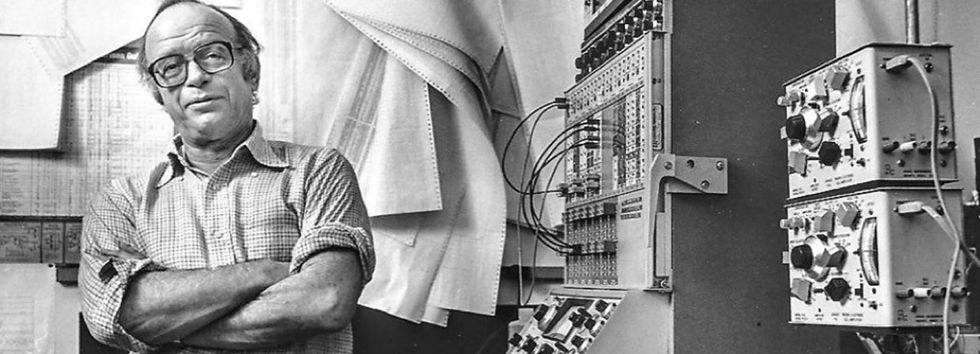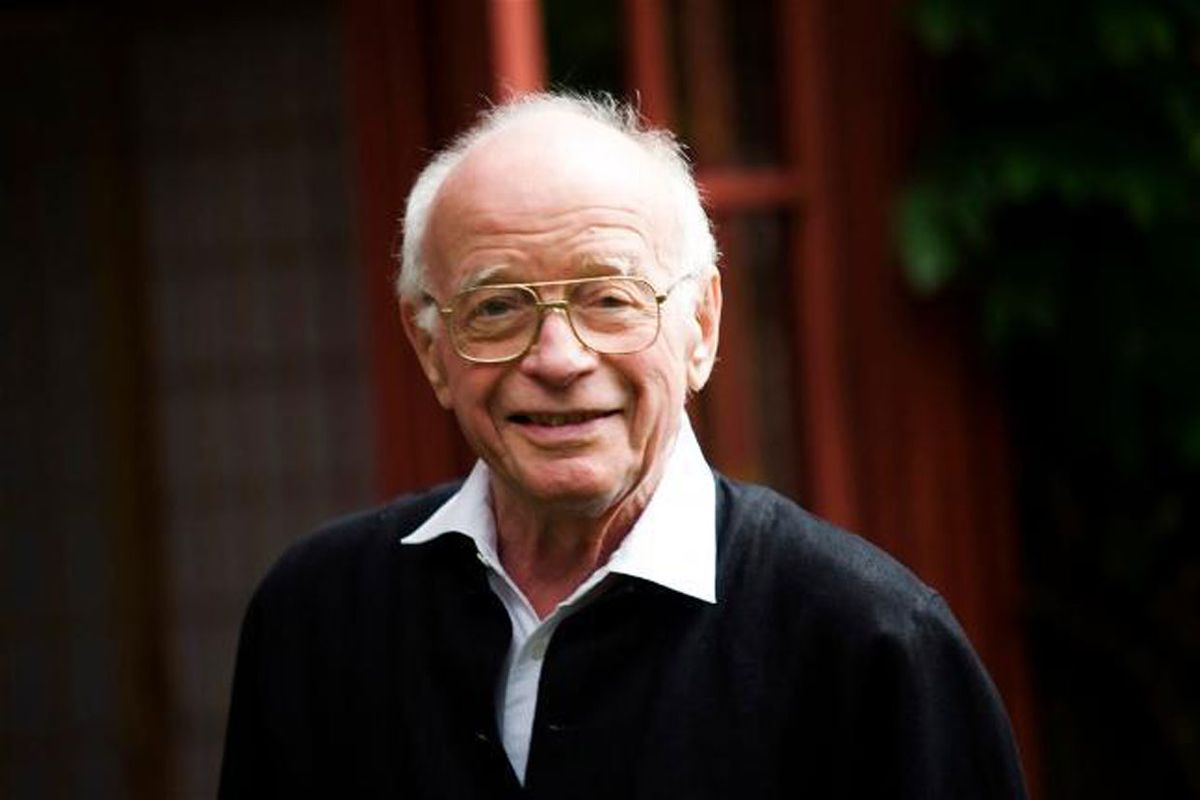THE INSTITUTEIEEE Life Senior Member John W. Senders, who died on 12 February, was a pioneer of human-factors engineering and one of the first scientists to apply mathematical models to human behavior in real-world contexts.
Human-factors engineering uses research in psychology to improve and adapt technology and equipment for human use.
John once was called Professor of Everything by colleagues at the University of Toronto, where he taught from 1973 to 1985 in the mechanical and industrial engineering department.
He died two weeks short of his 99th birthday.
AN UNCONVENTIONAL PATH
Born in 1920 to Russian immigrants in Cambridge, Mass., John was the youngest of five children in a family environment full of books, fierce competition, scientific inquiry, and word games. As a child, he demonstrated signs of mathematical genius and antiauthoritarian leanings in equal proportions, excelling in academic tasks—but only if he really felt like it.
Accepted in 1936 as an undergraduate at Antioch College in Yellow Springs, Ohio, he was sent home a year later for his refusal to take a required first-year math course, saying, “I've known this stuff since I was 7, and I’ll be damned if I’ll do it again.” In expelling him, the administration made an exception to its famously lenient policies. His father said to him on that occasion, “They will always make an exception for you.”
John went on to have an exceptional life. His career spanned seven decades and included jobs in academia, engineering, and manufacturing, with service in military research laboratories and private industry. He went back to school in the 1940s and received an undergraduate degree in psychology from Harvard. At the age of 62, just before his official retirement, he was awarded an honorary Ph.D. in quantitative psychology from Tilburg University, in the Netherlands.
A MULTIFACETED CAREER
His work contributed to human well-being and advanced theoretical understanding in areas such as mental workload, attention and visual scanning, eye movements, queuing theory, control theory, and human-error modeling.
He was the first to postulate, in 1955—and to demonstrate in 1965—the mathematical relationship between the bandwidth of a signal and the frequency of visual attention to that signal. Some of his seminal early work was published in IEEE journals such as IEEE Transactions on Human-Machine Systems. He showed that the attentional demands of skilled human operators of complex systems could be modeled remarkably accurately using both information theory and queueing theory.
He applied his research to carry out groundbreaking work on driving safety—which led to the occlusion paradigm, now an international technical standard essential to instrument panel design in airplane cockpits, automobiles, and nuclear power plants. The research, which involved driving an automobile while intermittently blindfolded, earned him a 2011 Ig Nobel Prize, a parody of the Nobel award given every year to celebrate 10 unusual or trivial achievements in scientific research. He cherished the award as much as the more orthodox forms of recognition he received from the scientific community.
In 1976 he became among the first scientists to conceive the idea of an electronic journal, with the entire editing process taking place online. An online scientific journal, he suggested, would save time, money, and resources for publishing companies.
That work followed research in the 1960s with computer scientist J.C.R. Licklider, vice president of Bolt, Beranek and Newman. For that, the University of Toronto awarded him the 2008 Knowledge Media Design Institute’s Pioneer Award “for an outstanding contribution to the field of electronic publishing.”

John was one of the founders of the academic study of human error. He and his wife, Ann Crichton-Harris, established and funded the field’s first gathering, the Clambake Conference on Human Error in Columbia Falls, Maine, in the 1980s. It brought together key researchers. Two more conferences followed—one in Bellagio, Italy, and the other in Chicago—ensuring a lasting foundation for the modern study of error.
His work on human error led to him becoming a key figure in patient safety. He helped found the Institute for Safe Medication Practices (ISMP), in Toronto, and received an award in 2001 for excellence in the prevention of medication errors.
In 1994 he introduced the failure mode and effects analysis technique into medication and medical safety, through the ISMP. The FMEA technique is a step-by-step approach for identifying all possible failures in the design, manufacturing, or assembly of medical products and services.
In an ISMP newsletter, Michael Cohen, president of the organization, wrote that John’s work saved many thousands of people from medical errors.
NEVER SITTING STILL
Simply listing John’s accomplishments cannot convey his exuberant intellectual power, creativity, and fearlessness. He was a generous and stubborn man and a huge-hearted individualist.
When he was invited in 1974 to join the University of Toronto’s Department of Industrial Engineering, a meeting was called to discuss whether he should receive tenure. One skeptic noted that not only did John have just a bachelor’s degree, but he was—at 55—too old for a tenured position and asked, “Just how productive is he likely to be?” A colleague who was better acquainted with John’s fire and energy replied, “Your only concern should be that he might run you all ragged.”
Indeed, well into his 90s, John continued to work as a globe-trotting consultant, lecturer, and expert witness in areas as diverse as human-error medical safety and trademark infringement. He was still doing research with undiminished vigor until a few days before his hospitalization with pneumonia in February.
As friends, students, colleagues, and family members can attest, he was a gourmet cook, an expansive host, and a raconteur who regaled his audiences not just with humorous anecdotes and tales from his career and travels but with a ceaseless supply of new insights and ideas.
Warren Senders is John’s son, and Abigail Sellen is his stepdaughter.
